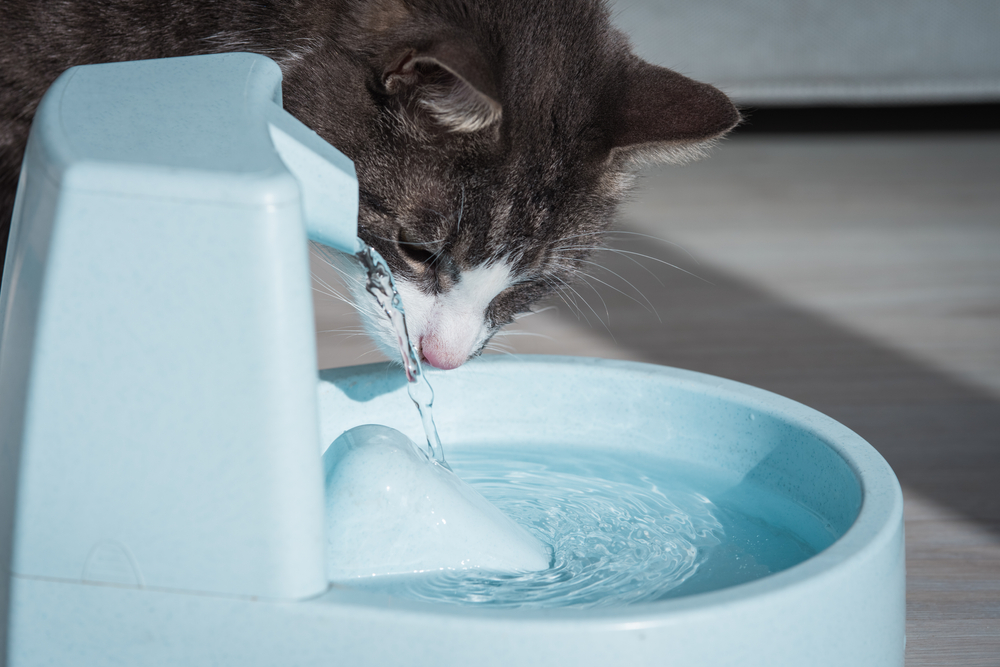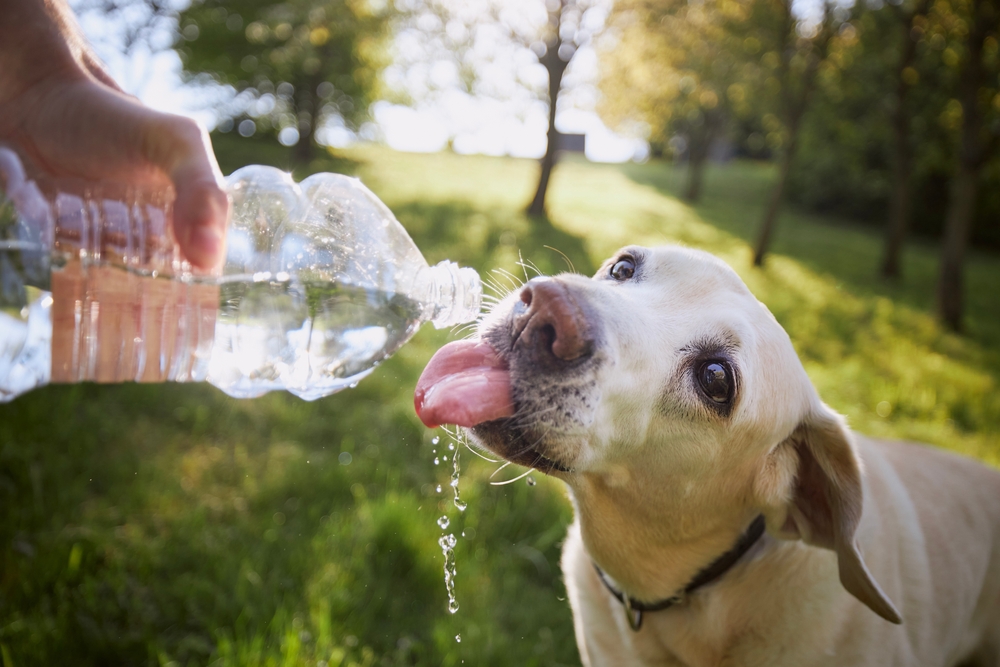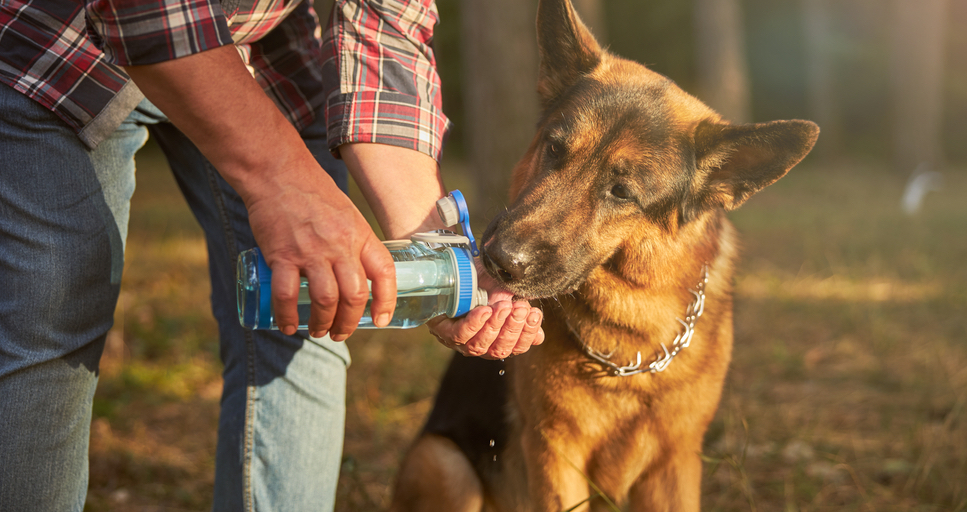
Summer in Tucson: Recognizing Signs of Dehydration in Your Pets
Why Pet Dehydration is a Concern
Dehydration occurs when your pet loses more fluids than they take in, leading to an imbalance in their body’s electrolytes. This can happen quickly in the intense heat of Tucson. Unlike humans, our pets can’t always communicate when they’re feeling thirsty or unwell, so it’s up to us to recognize the signs.
Recognizing Signs of Dehydration in Pets
Here are some key signs to watch out for that may indicate your pet is dehydrated:
- Dry Gums and Mouth: Check your pet’s gums and mouth. In a well-hydrated pet, their gums should be moist. If they are dry or sticky, it could be a sign of dehydration.
- Loss of Skin Elasticity: Test your pet’s skin elasticity by gently lifting the skin on the back of their neck or between their shoulder blades. In hydrated pets, the skin should quickly return to its original position. If it tents or takes longer to return to normal, your pet may be dehydrated.
- Sunken Eyes: Dehydration can cause your pet’s eyes to appear sunken or dull.
- Reduced Energy Levels: Watch for signs of lethargy, weakness, or a general lack of energy, which can be indicators of dehydration.
- Excessive Panting or Drooling: While panting is normal for dogs, excessive panting or drooling could be a sign of overheating and potential dehydration.
Decreased Appetite and Urination: If your pet is eating less than usual or urinating less frequently, they may be dehydrated.
Keeping Your Pets Cool This Summer
1. Provide Access to Fresh Water: Always ensure your pet has access to fresh, cool water, especially during hot days.
2. Limit Exercise in the Heat: Avoid strenuous exercise during peak sun hours and opt for walks or playtime during cooler parts of the day.
3. Provide Shade: Create shady spots in your yard or ensure your pet has access to cool indoor areas.
4. Use Wet Towels or Cooling Mats: Place wet towels or cooling mats for your pet to lie on.
Keep Your Pets Safe and Healthy This Summer with Adobe Veterinary Center








